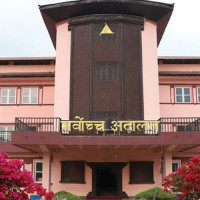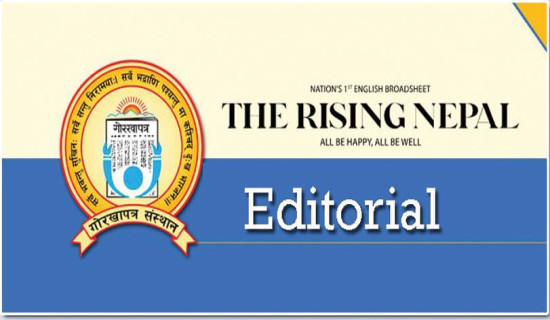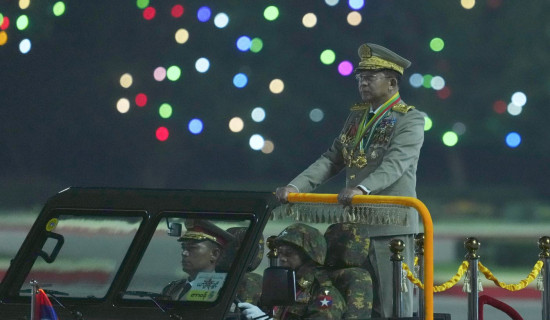- Thursday, 30 October 2025
Electric illumination getting expensive
By A Staff Reporter
Kathmandu, Oct. 24: People across the country are now busy cleaning and preparing their houses for Tihar festival. They are decorating their houses with flowers and lights.
However, many people have found the price of flickering lights higher by up to 20 per cent this year.
According to the Federation of Electrical Entrepreneurs of Nepal (FEEN), the price of flickering lights has increased by 20 per cent this year compared to last year’s price due to the devaluation of Nepali rupees with the US dollar.
President of FEEN Sudarshan Prasad Paudyal said that the price of electrical light has increased due to the increase in the value of the US dollar and the policy of the Nepal Rastra Bank (NRB) on import.
“Although the buying and selling of Tihar-focused electric items, especially twinkling lights in the market increased, there was no encouraging business this year compared to pre-COVID-19 Tihar,” he told The Rising Nepal.
For Tihar, which is celebrated as a festival of flowers and lights, the sale and purchase of items like lights, bhai masala and flowers has started in the market.
According to him, the sale of flickering lights, which are the most widely sold in Tihar, along with other goods, has already reached its peak. The crowds at the electric shops in Kathmandu is a testimony to this.
“What a crowd at the shop, it took me 10 minutes to see the face of the trader and ask for the lights,” said Abhaya Subedi, who visited an electric shop of Perpsicola Sunday morning. According him, who hails from Jhapa, the lights were more expensive in Kathmandu than in Jhapa.
The decline in the import of lights also affected the business this year compared to previous year. However, Paudyal said that there was no shortage of lights in the market.
“Due to price hikes of construction materials, like iron, cement and liquidity problems, only a few new houses are being constructed and this has affected the market. The demand for lights will be high if more new buildings are constructed,” Paudyal added.
The flickering lights can be used for at least three-four years if the customers use them carefully and keep them safe, he said. Paudyal said that Tatopani and Rasuwagadhi border crossings are not operating smoothly and due to 100 per cent cash margin provision of the NRB at the time of opening the letter of credit (LC), the import has decreased.
According to him, electric lights worth about Rs. 400 million were imported in Nepal last year and it is estimated the import this year is worth only about Rs. 250 million.
Before COVID-19 pandemic, flickering lights worth about Rs. 600 to 700 million used to be imported in Nepal for the Tihar.
Nepal imports around 90 per cent of the lights from China and the remaining 10 per cent from India and other countries, Paudyal said.



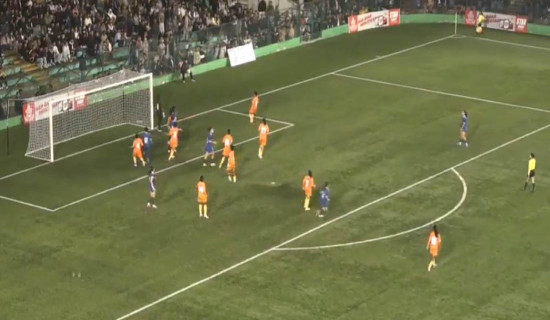
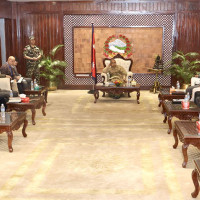
-square-thumb.jpg)

